8 Things They Don’t Tell You About the Everest Base Camp Trek in Nepal
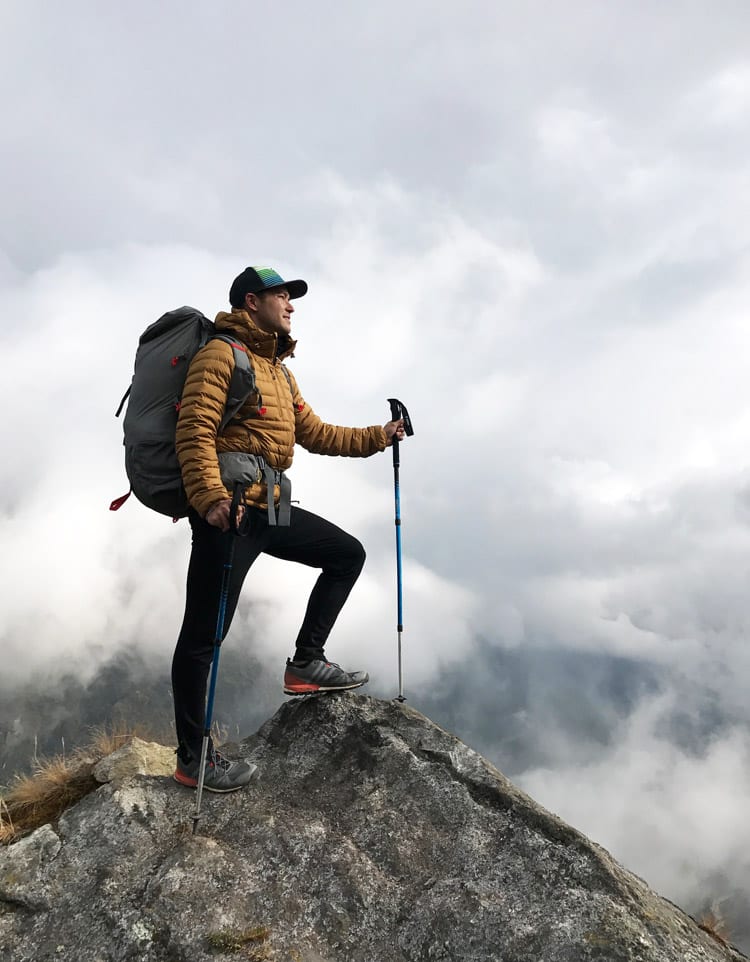
Nepal is often portrayed as this mystical land where people go to discover their true selves at an Ashram with some type of magical shaman leading them down a path of enlightenment. I’m not sure where those people are going, but what I found was a city in disarray and a trek that was far from a thoughtful walk in the woods. It was a hike filled with raw emotion and quiet observation.
While I wish I had that profoundly moving type of Eat, Pray, Love experience, I found the country puzzling and spent the entire time waiting for my aha moment, which sadly never came. Despite being an unpopular opinion (similar to my lackluster experience in New Zealand), I’d like to share what Nepal is really like, what they don’t show in the media and everything they don’t tell you about the bucket-list worthy Everest Base Camp Trek.
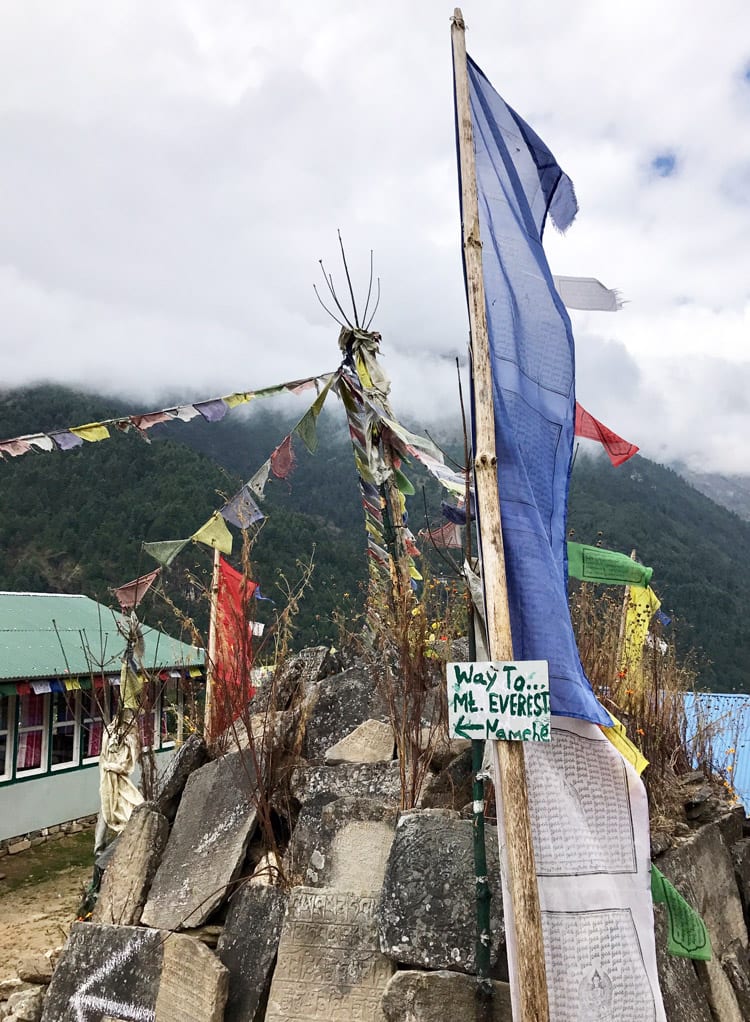
An Overview of the Everest Base Camp Trek
To preface this, I would like to clarify that I only did four days of the 9-12 day official Base Camp Trek (which just so happened to be the tour I was signed up for) so I’m sharing the experience I had and what I saw along the route up until Namche Bazaar. This is the spot where all the through hikers are advised to spend the night acclimating before heading the rest of the way to Base Camp. I have heard it gets more remote and primitive the further you go but compared to Machu Picchu and Patagonia, it was highly commercialized.
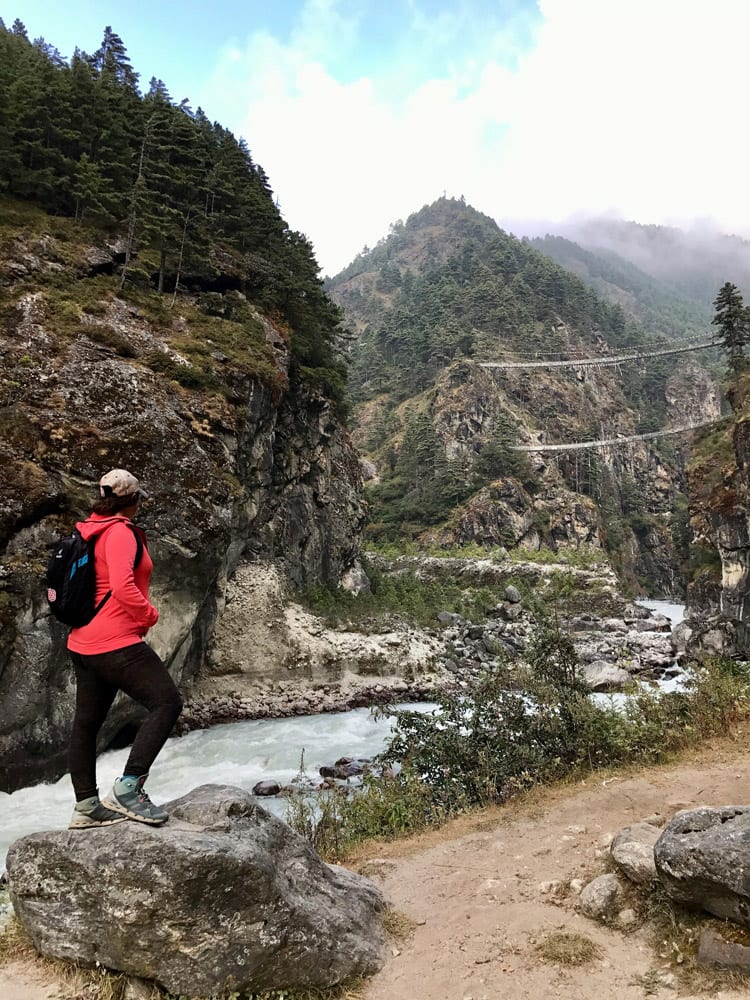
Generally, you spend about 12 days hiking and 14-16 days on the trail, resting, acclimating, or waiting out bad weather. February through May is considered the high season, but you can hike Everest Base Camp almost year-round (although winter is ill-advised). I went in October and the conditions were lovely. The total round-trip distance is about 80 miles, which averages about 9 miles a day. Comparatively, it’s one of the easier long-distance hikes because it’s spread out across so many days, but it is one of the pricier ones since it’s such a commitment of both time and resources to get there. The cost to do the Everest Base Camp Trek with a group is about $2,500-3,500 (the crazy numbers you see for like $50,000-$100,000 are if you want to climb and summit Everest).
Now on to what to expect…
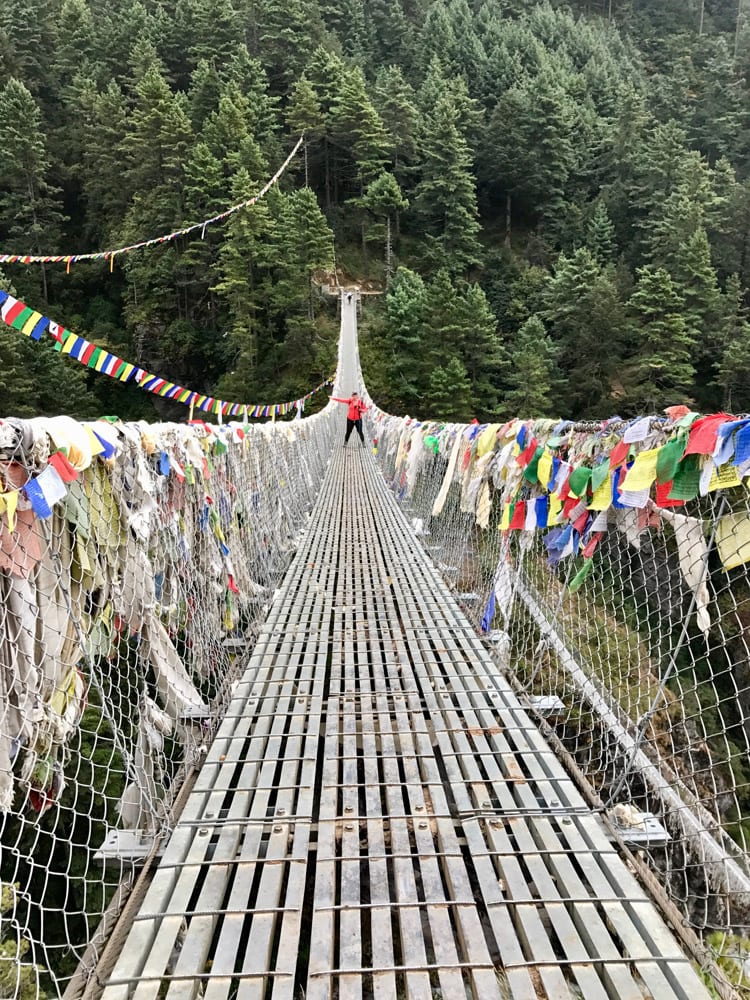
Logistically You Can’t Just Show Up
The first point to clarify is that you can’t just decide to hike to Everest Base Camp. Like Patagonia and Machu Picchu, you need to pre-plan which route you are going to take and travel dates so you can apply and pay for permits. This includes securing a Trekkers’ Information Management System (TIMS) card and specific national park permits from the tourism board depending on where you’re going and for how long. It’s the country’s way of safely keeping track of everyone. You do not need to go with a group, but it is much harder as you have to arrange all your own permits, accommodations, flights, and carry all your own gear (many tours have contracted porters). If you chose to go with a group or hire a personal guide, check with the tour company as they should secure logistical items on your behalf.
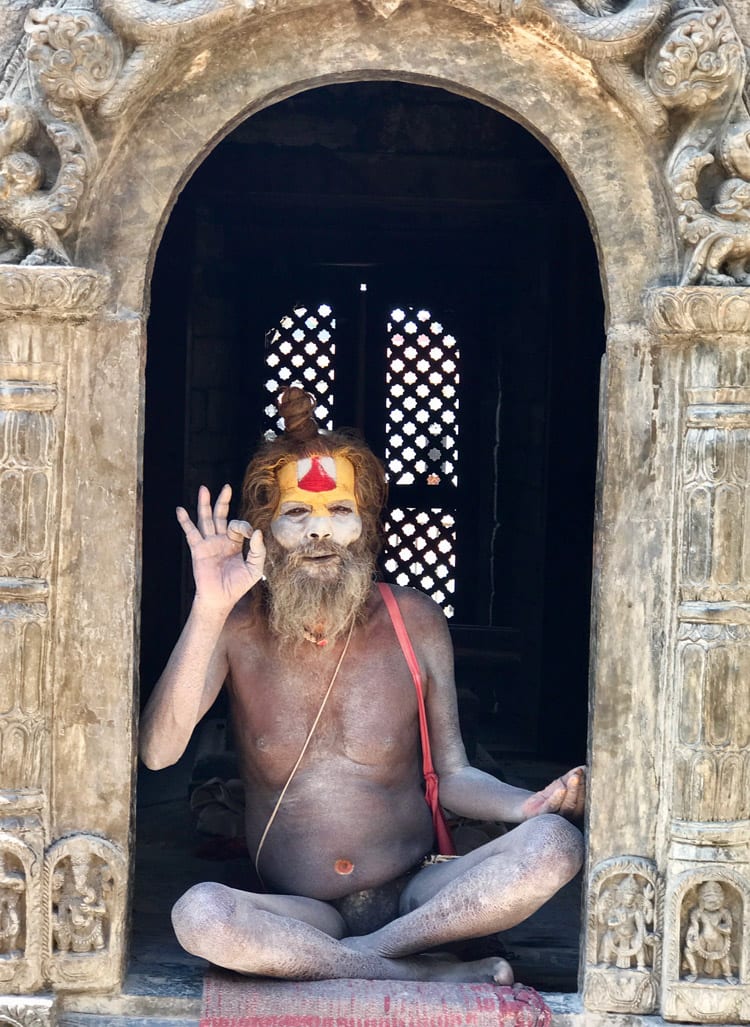
Kathmandu is a Culture Shock
Most people spend at least a few days touring Kathmandu before heading to Everest, as it’s where the international airport is and a major Asian hub. The time change is hella weird as Nepal is 15-minutes behind any normal time zone. But as the starting point for such an epic outdoor endeavor, it’s disheartening to see the state the city is in. While most like to remain blissfully unaware of poverty and slums, it’s pretty in your face that you’re in a third world country.
When you’re not playing frogger with cars, you’re covering your mouth fighting to breathe through all the visible pollution. Face masks are not a fashion statement. Trash piles up (although if you’re a New Yorker that might not seem abnormal), and refrigeration is hit or miss. The government is known for it’s corruption and likes turning the electricity on and off and randomly creating holidays to cancel work and hurt the businesses. Locals explained that in their country, democracy isn’t actually a good thing as power can be bought. In America, we’re conditioned to think democracy is the be all, end all for society, but here that’s actually not the case. This is one of the main reasons I travel, to dispel rumors and try to better understand the world.
But I digress. Being vegetarian is advisable (many of the herbs and vegetables are grown fresh in the gardens) as is traveling with a headlamp and toilet paper (you never really know what you’re going to get with the toilets…). Momo (Nepali dumplings) and dal baht (lentils and rice) are generally safe to order anywhere, but the food in general is pretty bland. Yak cheese is a local delicacy. One of the most popular tourist attractions, Pashupatinath Temple is where you’ll see the Sadhu people (who have quit life to pursue spiritual enlightenment) and monkeys, but is also a holy Buddhist site that has a temple attached to a crematorium. It’s not uncommon to see dead bodies being burned and dumped in the river. Trust me when I say it’s a sight and smell I will never forget and one I was definitely not prepared for (especially disturbing as a Jew).
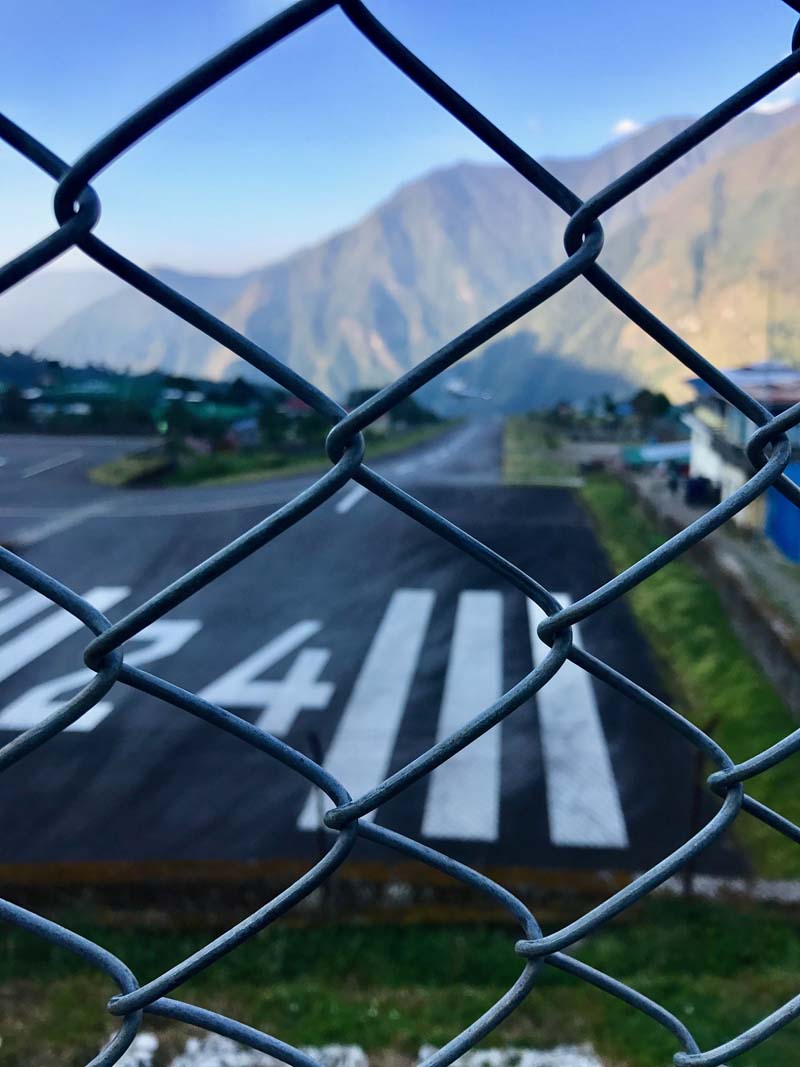
Getting There is Sketchy AF. Getting Out is Equally as Nerve-Racking
Lukla was not named the most dangerous airport in the world for nothing. No matter what airline you’re on, the flights are simply numbered 1, 2, 3, etc. indicating the order in which you’ll be flying out. Try to book the earliest flight so you have the best chance of getting out. Flight times are a bit unnecessary as well, as you’re completely at the mercy of nature being that it’s completely weather-dependent if you take off at all. It’s not unheard of to be delayed for multiple days (and avalanches can impede progress even more), so allow enough flexibility in your travel schedule and budget in case you need a backup plan.
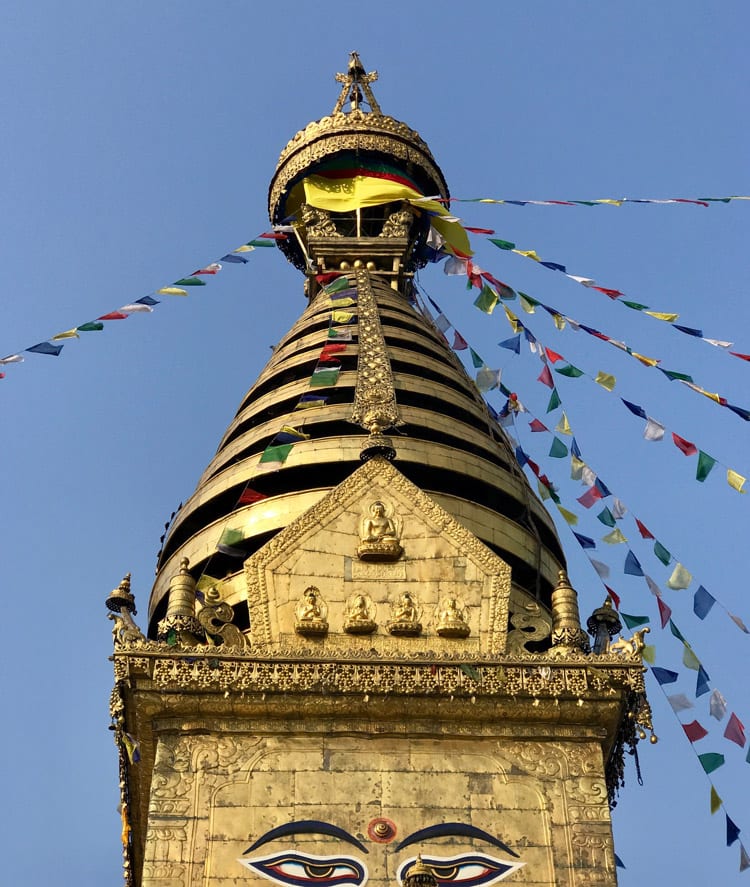
The Flight Itself is Pretty Epic
The only planes that fly in and out of Lukla are tiny 16-or-so seat prop planes that are specifically certified for short landings and takeoffs. There are usually no seat assignments; it’s first come-first serve (try to snag a seat on the left and thank me later). The weight distribution on the plane matters so your bags may arrive on a separate flight. You’ll be given cotton balls for your ears and candy for the altitude. The single runway is extremely short and literally plunges off the side of a cliff if the pilot doesn’t hit it just right. Once you’re airborne though, it’s essentially a 40-minute scenic flight with icy white peaks piercing through the clouds.
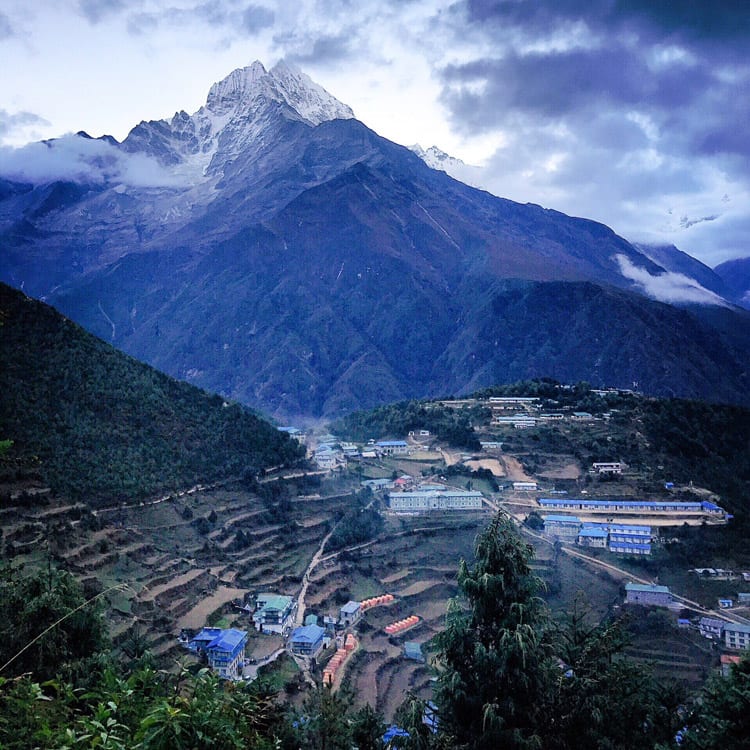
You’re Hiking From Village to Village
Yes, you’ll pass incredible landscapes like suspension bridges, rivers, and switchbacks, but the whole idea of getting lost in the woods and getting one-on-one with nature doesn’t really exist. There are a million people (and animals) milling about and holding up traffic, which includes both other travelers and local sherpas and herdsmen carting supplies back and forth on various pack animals like cows, horses, and yaks.
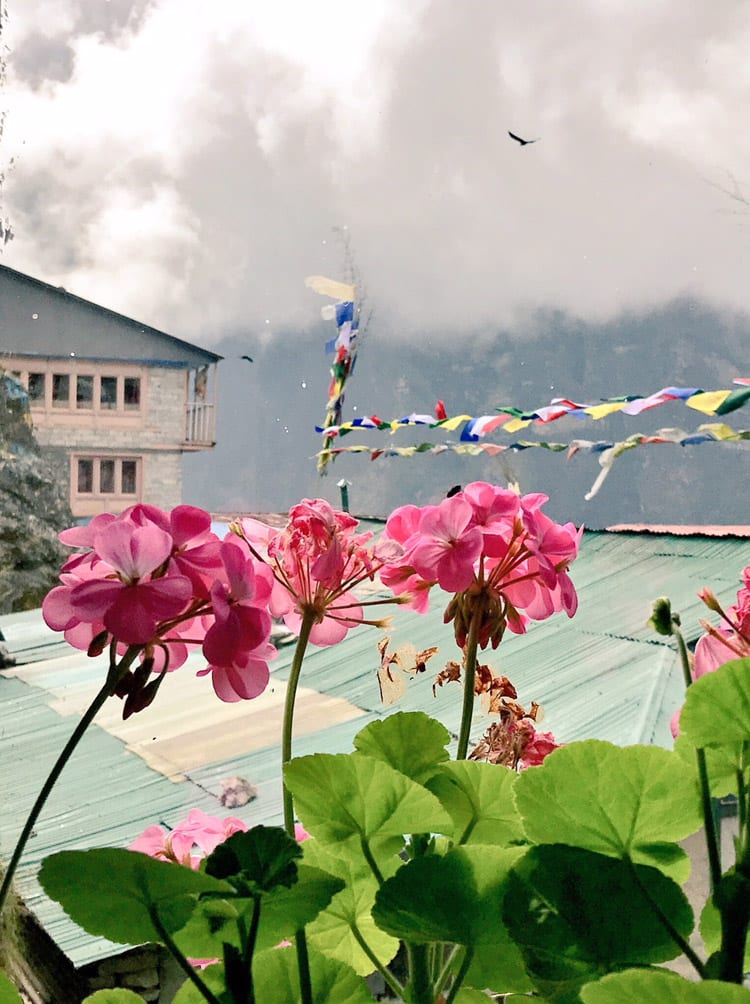
It’s Super Developed
For the part of the trek I did, there was no camping or tents at all. Everyone spent the night at a million different family-run lodges and guesthouses, which you can find every few steps. It’s what I pictured the Alps to look like, not Nepal. For the most part, they all offer basic accommodations and look pretty ubiquitous. Advanced booking is usually required especially the further from Lukla you get (in which accommodations get fewer and farther between). You can expect indoor plumbing, hot showers (usually for a fee), home cooked meals, and an epic tea selection (try the ginger apple, milk, or mint). Some places even charge for hair dryer rentals, WiFi, to use the power outlets, and other creature comforts.
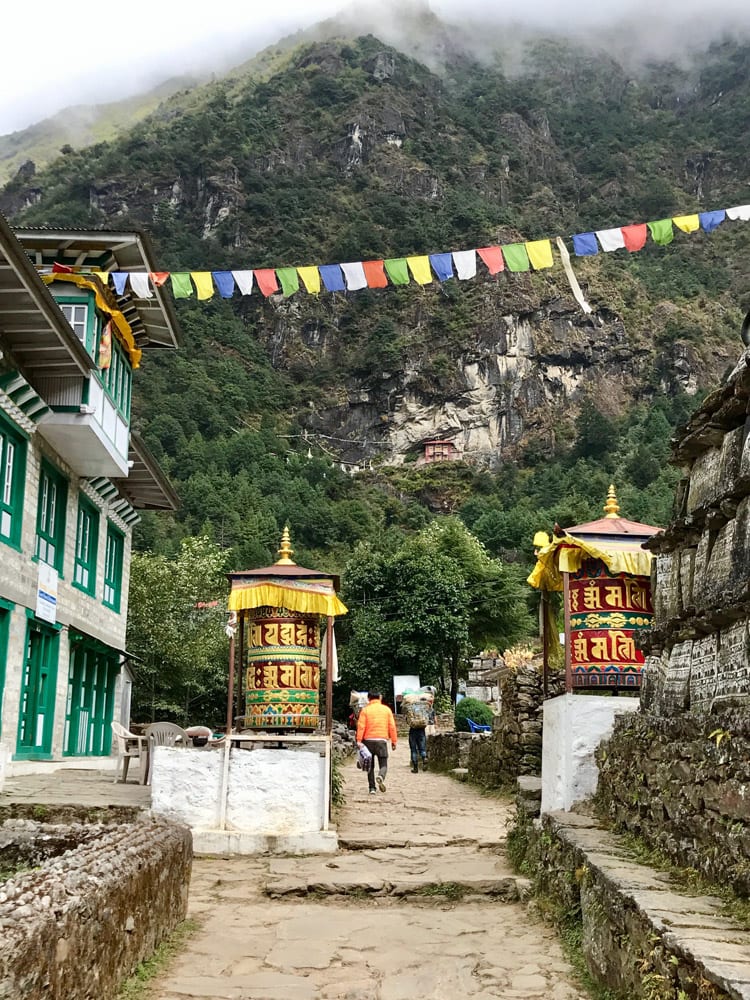
There Are Bars, Restaurants, Shops, and Wi-Fi
There’s this perception that you’re going way off the grid in the remote Himalayas, but for the most part, you’re still pretty much in civilization. At no point did I feel like I wasn’t a few hours away from a hot meal off an extensive international menu, the latest knockoff North Face Gear, an icy beer, and souvenir stands. I found the commercialism odd, unexpected and honestly, off-putting.
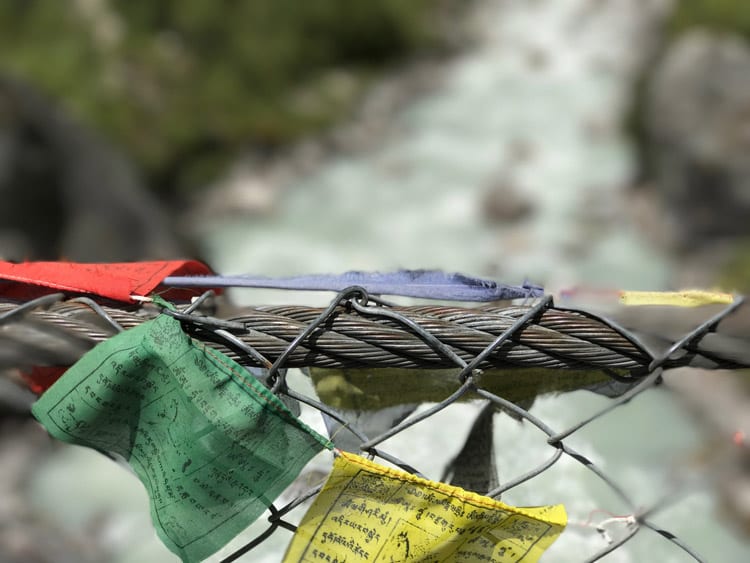
Religious Symbolism is Everywhere
Beyond the mountains and cloud cover, colorful prayer flags, prayer wheels, brass bells, and hymns inscribed in stone are your trail markers. This to me was the unique part of the experience and the real cultural immersion. In Buddhism, the colors of the prayer flags symbolize the five elements: yellow for earth, green for water, red for fire, white for air, and blue for space, offering passerby’s well wishes on their travels. There’s a common misconception that they’re for visitors to inscribe their hopes and dreams up to the heavens, but really they’re just there to spread cheer. When you walk past a prayer wheel or any religious insignia, it’s customary to turn the wheel clockwise and always pass on the right for good luck.

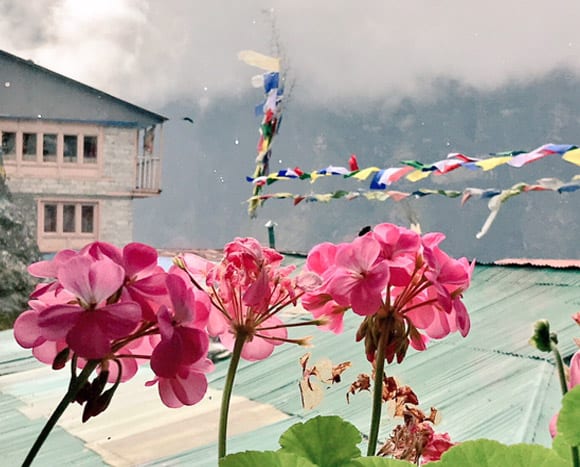
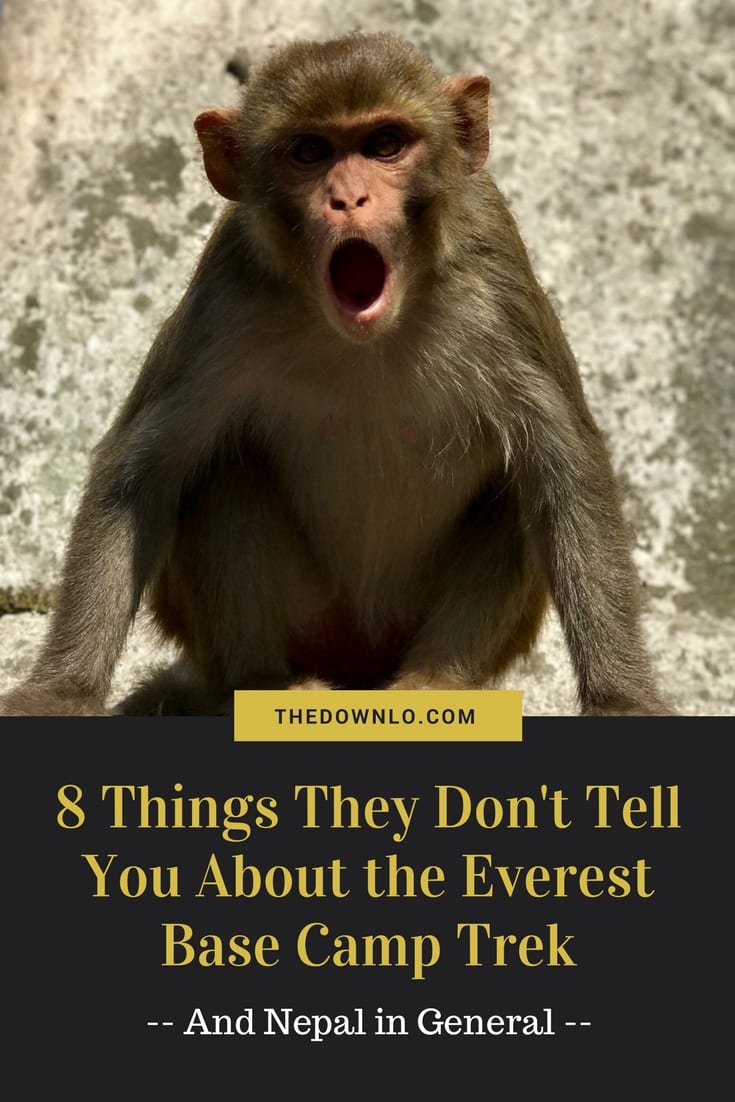
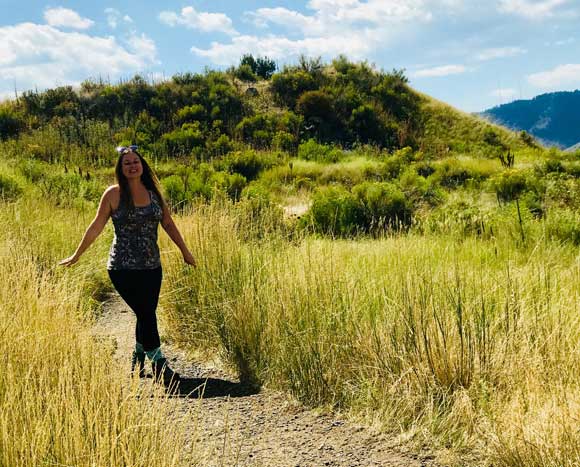
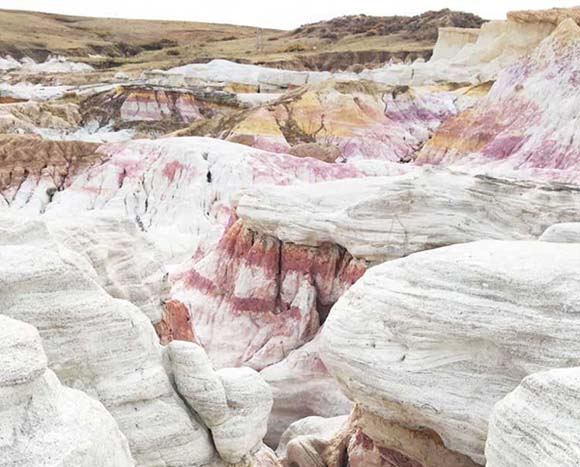
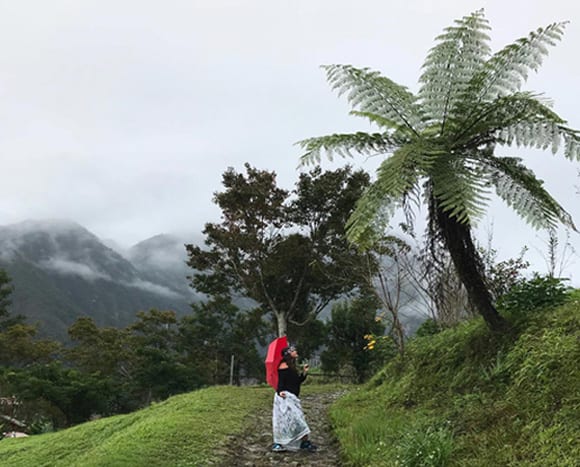
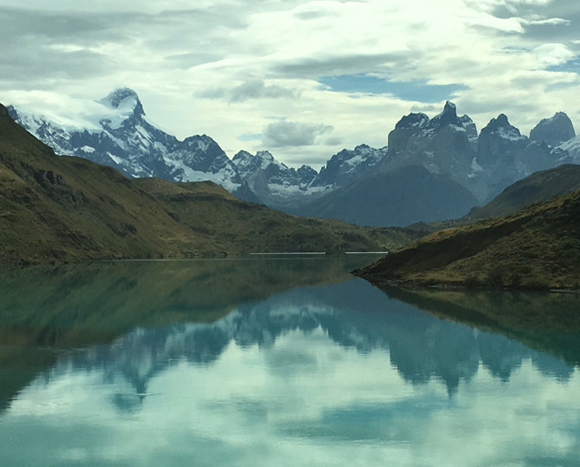
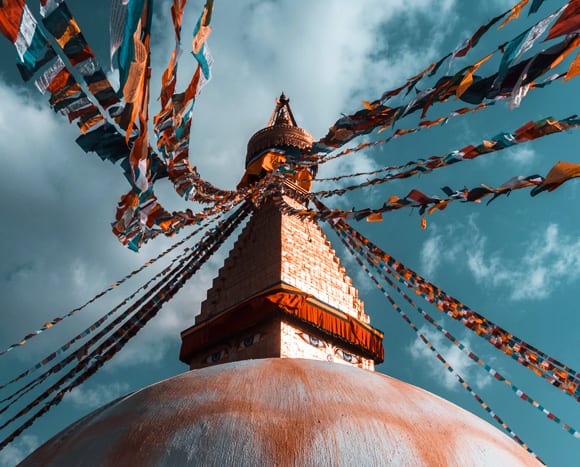
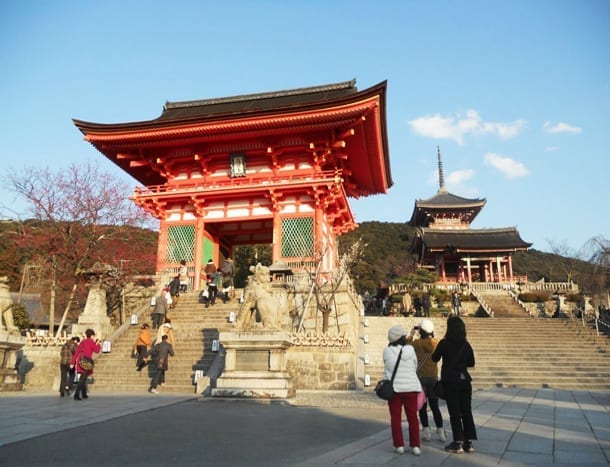

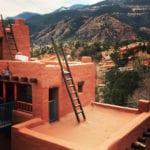
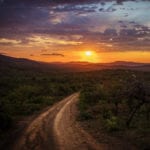
This is my must-see! Wow!
Ah so it’s not super different from Annapurna! Good to know!
Thank you for sharing information on EBC trek that people usually don’t share.